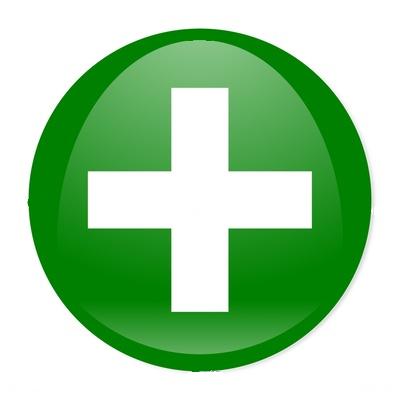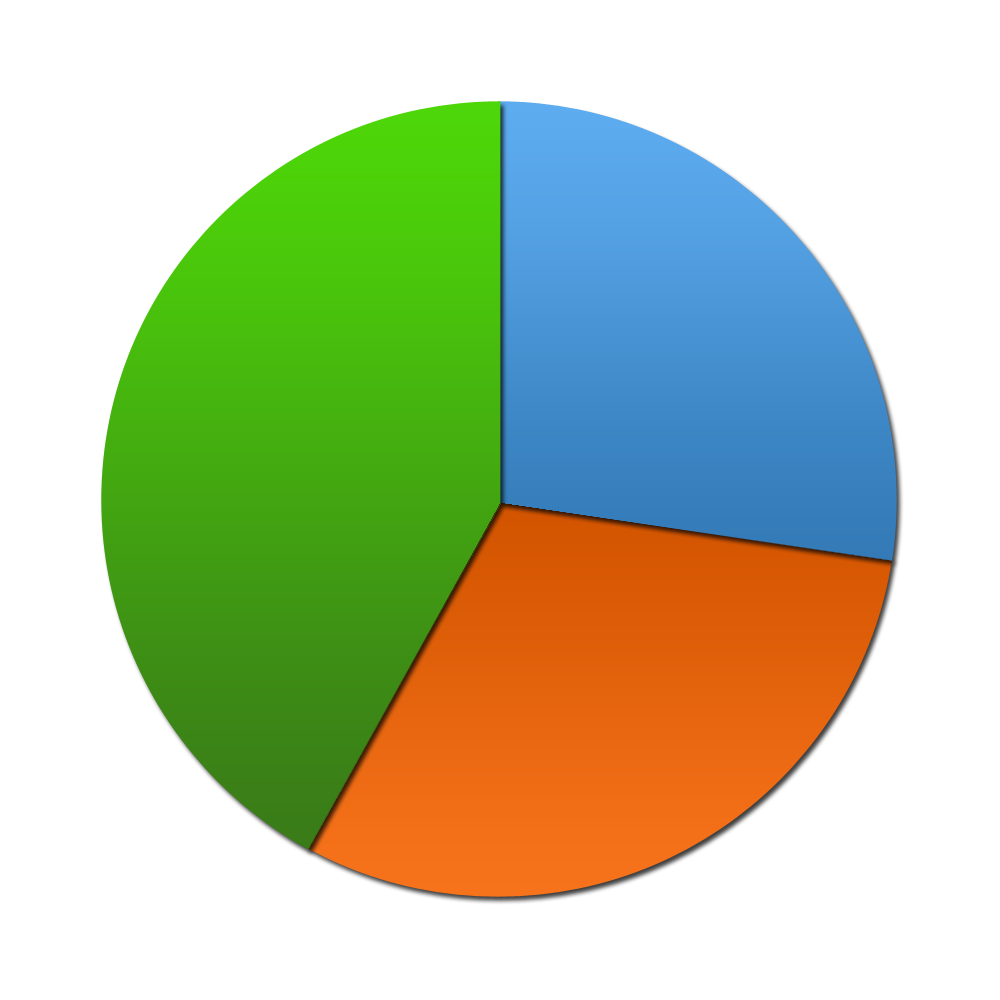Don't just meal plan... meal plan intelligently - with Meal Genius! Sign up for our free newsletter to get delicious recipes, sample meal plans and a whole lot more!
Cheese, Swiss
Despite its name, it was actually American cheesemakers, not Swiss, who modernized Swiss cheese production.
Previously, the only way to protect Swiss wheels as they ripened was to allow a hard rind to form. However, with the introduction of plastic packaging, which keeps moisture in but allows carbon dioxide to escape, rindless Swiss cheese in blocks were developed.
Swiss is made with part skim milk, is full-flavored, buttery, and nutty and aged at least 60 days.
Because cheese is essentially milk that is condensed it is important to choose Swiss cheese made from organic milk, free from hormones.
The Benefits
- Special diets: Diabetic, Gluten-Free Diet, Grain-Free Diet, High Protein Diet, Low Acid Diet, Low Carb Diet, Low FODMAP Diet, Low Oxalate Diet, Low Starch Diet, PCOS Diet, Pescetarian Diet, Primal Diet, Vegetarian Diet
- Excellent Source of: Calcium
- Good Source of: Protein, VitaminB12, Phosphorous
- Preferences: No Fish, No Red Meat, No Pork, No Eggs, No Shellfish, No Gluten, No Nuts, No Seeds, No Soy, No Poultry, No Corn, No Yeast, No Peanuts, No Pseudograins, No Coconut, No Citrus, No Nightshade, No Legumes, No Grains, Low Carbohydrate, Low Sodium, Low Sugars
Related Foods
Selecting and Storing
Choose organic Swiss cheese and keep refrigerated. It pairs well with apples, pears, and grapes; for wines try fruity white wines like Riesling; red wines such as Merlot and Cabernet Sauvignon.









